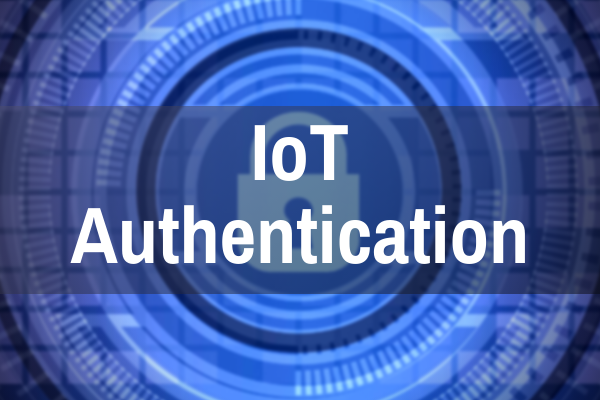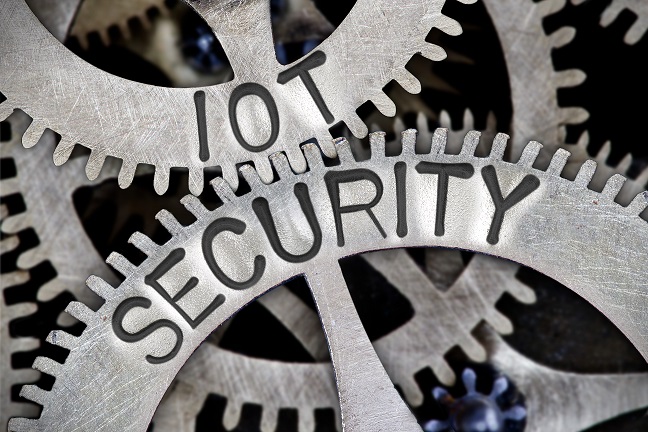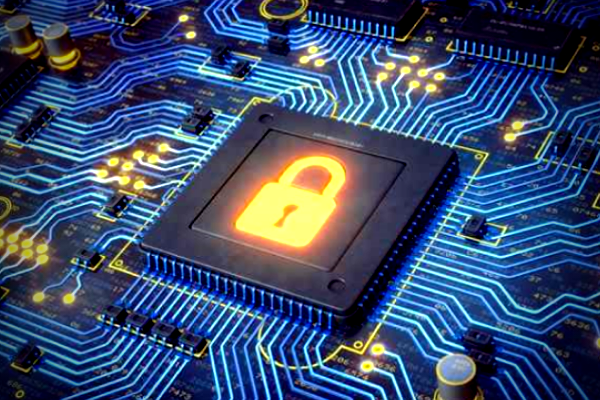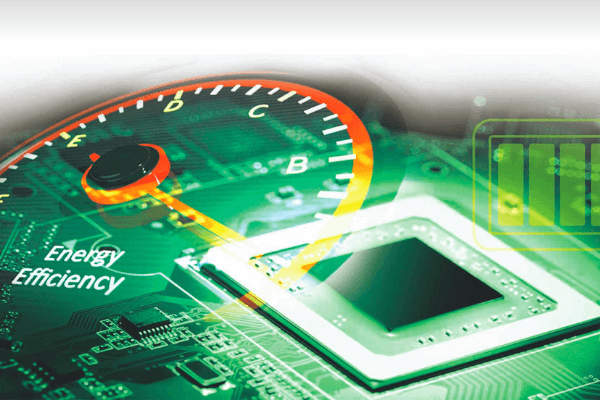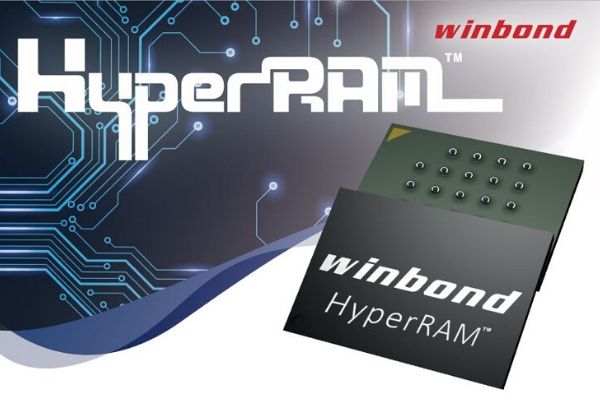The widespread adoption of Artificial Intelligence (AI) applications has revolutionised many industries and enhanced efficiency, accuracy, and innovation. AI is now an integral part of modern technology, from customer service chatbots to creative activities and homeland security.
However, as AI becomes more prevalent, cyber-attack threats must be thoroughly considered and addressed to ensure the continued success and safety of these applications. Data poisoning, tampering with categorisation models, backdoor injection attacks, and reverse engineering of AI models are just a few of the malicious technique’s hackers employ.
Secure Flash technology mitigates these threats by protecting against unauthorized access and potential attacks and preserving data confidentiality, integrity, and authenticity. This article explores how Secure Flash can safeguard AI applications, the products best suited for this purpose, and the importance of industry certifications to ensure comprehensive cybersecurity.
Protecting Data and Code with Secure Flash
Secure memory products that feature strong access control mechanisms built in to prevent inadvertent data modification can ensure that systems always power up into a known state, both in terms of code and data. Winbond’s Secure Flash memories let only authorised entities modify data, with authorisation established using either symmetric key or asymmetric key mechanisms. In the symmetric key approach, a secret key known only to the authorised entity and the Flash logic is utilised. As for the asymmetric key mechanism, the Flash stores a public key while the private key remains known only to the authorised entity.
Beyond data protection, these Secure Flash devices incorporate a mechanism to authenticate stored code and data before usage. In the event of authentication failure, the Flash can safely put the system into a known state of recovery. This feature prevents unauthorised code execution, reducing the risk of potential backdoor injection attacks and other cyber-attacks that seek to override correct classifications.
Safeguarding AI Applications
While Secure Flash products play a crucial role in enhancing hardware protection levels, it is important to recognise their role as part of a broader cybersecurity solution. The effectiveness of Secure Flash devices relies on proper software and life cycle protection. Secure Flash devices can effectively augment security once the right methodologies are employed in the life cycle and system design.
Winbond’s W77Q Secure Flash devices support a hardware-based Root of Trust (RoT), establishing the foundation for a secure boot process. From the moment the system is powered on, the W77Q enables the verification of the initial boot code, forming the first link in a Chain of Trust. This chain extends through to the operating system and ultimately the application code, ensuring each stage is authenticated before execution. By embedding this layered verification mechanism into system architecture, W77Q helps prevent unauthorised
code execution and ensures system behaviour aligns with the intended design.
Secure Flash technology is especially beneficial for AI applications—particularly at the edge, where data integrity is paramount. In these scenarios, protecting training data from modification is essential to prevent adversaries from manipulating edge device behaviour. The W77Q provides robust protection against data tampering and supports cryptographic authentication of stored data, preventing deviations from trusted operations. As such, Secure Flash is critical in protecting edge AI applications, safeguarding data confidentiality and system integrity throughout the device lifecycle.
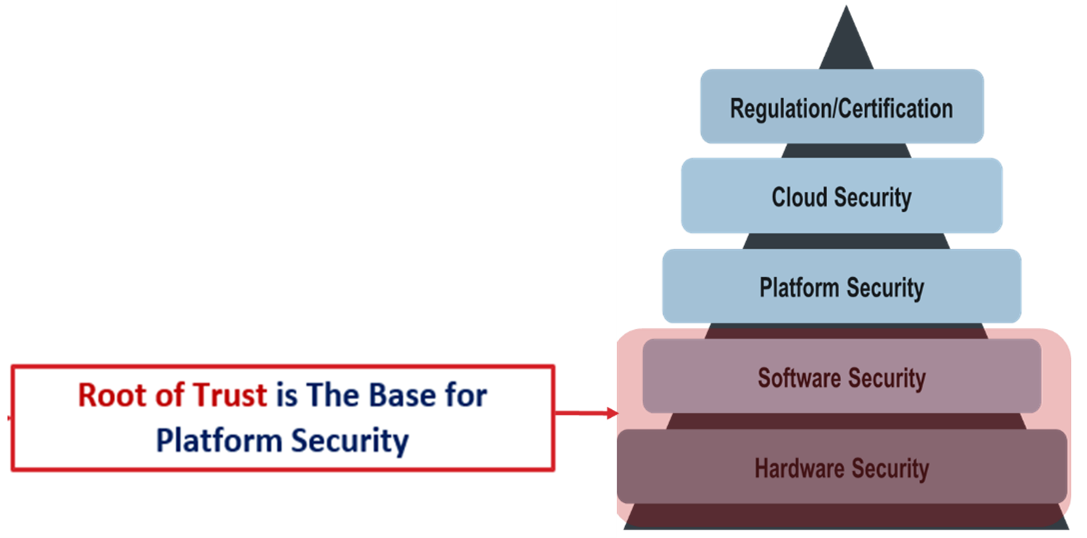
Industry Certifications for Cybersecurity
Industry certifications are vital in establishing and maintaining cybersecurity standards across various product segments, including AI applications. While specific certifications for AI were not available at the time of writing this article, general cybersecurity standards are employed, depending on the product's segment and use case.
- Automotive (ISO 21434): This standard focuses on the cybersecurity of road vehicles, addressing potential threats in the automotive sector. It outlines guidelines for secure software development, updates, and information protection in automotive systems.
- Industrial (IEC 62443): Targeted at industrial automation and control systems, IEC 62443 provides a comprehensive framework for securing industrial processes against cyber threats. It emphasises the importance of risk assessment, system design, and continuous monitoring to ensure robust cybersecurity.
- IoT (Radio Equipment Directive—RED): Due to their interconnected nature, IoT devices are susceptible to cyber-attacks. The RED provides guidelines for ensuring the security of radio equipment and protecting against potential vulnerabilities in IoT applications. The cyber-protection provisions detailed in Article 3.3 of the RED are scheduled to become mandatory requirements in August.
These industry certifications ensure that manufacturers implement secure products that meet established security standards. By adhering to these guidelines, companies can enhance the overall cybersecurity posture of AI applications and their respective domains.
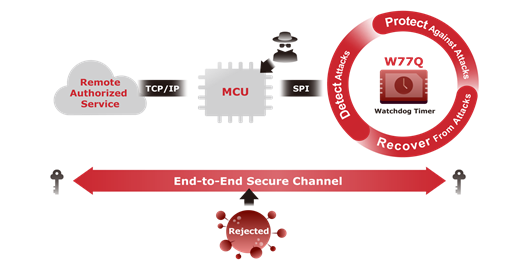
Conclusion
As AI applications become increasingly commonplace in a wide variety of domains, with the potential performance and efficiency gains are tempered by the ever-present cybersecurity risks. Threats from data poisoning, tampering with categorization models, backdoor injection attacks, and reverse engineering of AI models necessitate robust security measures.
Secure Flash technology with features such as Winbond’s authorisation and authentication mechanisms provide critical protection against unauthorised access and malicious attacks, preserving data confidentiality, integrity, and authenticity. Secure Flash devices can effectively enhance hardware protection levels when implemented alongside proper software and life cycle protection methodologies. Furthermore, adhering to industry certifications ensures that AI applications meet established security standards and maintain comprehensive cybersecurity across various sectors. As safeguarding AI applications remains an ongoing priority, this Secure Flash technology is vital in addressing these challenges.
